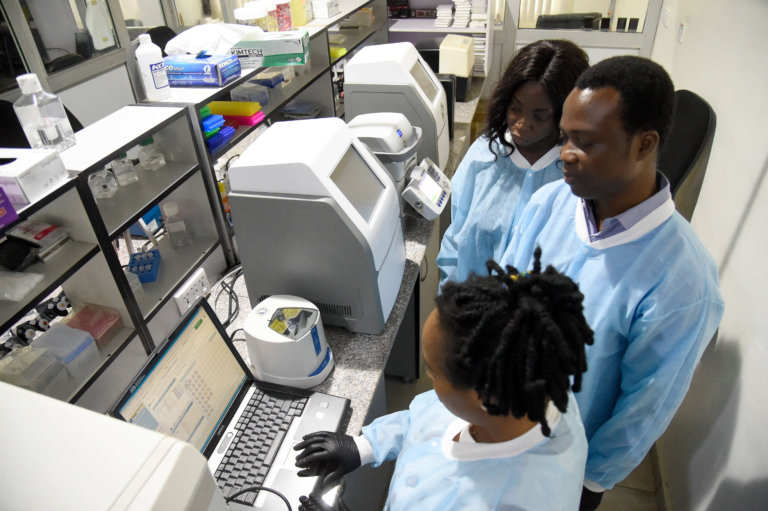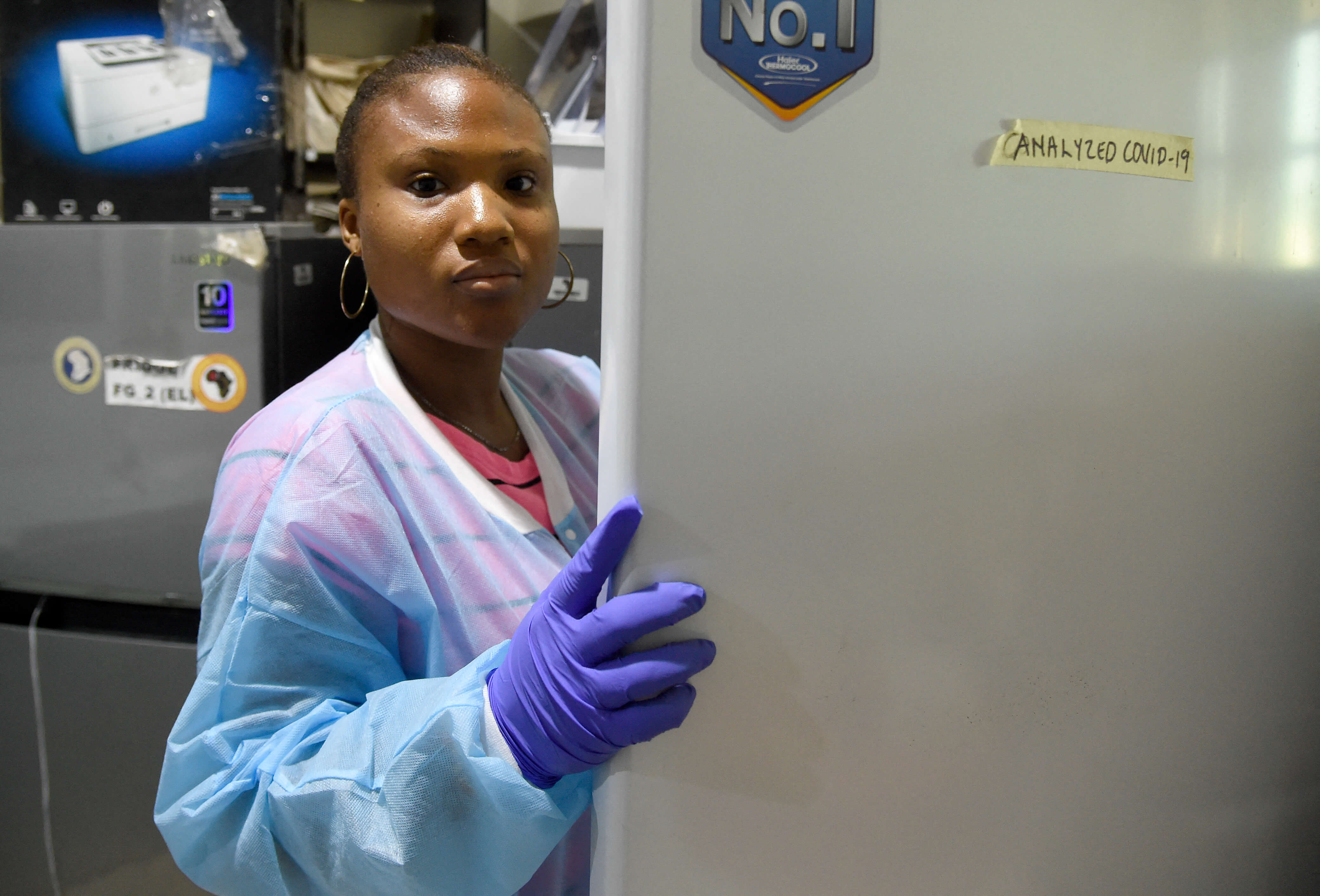
Attracting and retaining student with the diversity in STEM disciplines (science, technology, engineering and mathematics), especially those from Black, Indigenous and Latinx backgrounds, has been a long-standing issue in North America.
Although there’s a history of research on under-representation in STEM, the needle has not moved much. This is because existing research and policy has focused on assimilating students rather than examining existing societal and institutional barriers to STEM majors and careers.
With recent equity-oriented research shifting to examining and transforming institutions, Canadian higher education is positioned to leverage what we already know about why Black and Indigenous people are underrepresented in the sciences. Examining these issues in the Canadian context can help us transform STEM teaching, learning and practice spaces to be more welcoming of diverse students and perspectives.
This is important to research and development in Canada because, as the National Sciences and Research Council of Canada proclaimed:
“Canada’s greatest potential can only be realised when all people are welcomed into the laboratory, the classroom, and the field. We all benefit from the wide range of perspectives and talent that make our research and our society better. In a competitive global economy, Canada can’t afford to leave talent on the sidelines.”
Issues hidden in plain sight
For many years, I worked as an educator in a natural history museum where I was involved in designing after-school science enrichment programs for middle and high school students. These programs placed students with museum scientists and encouraged Black, Latinx and Native American students to pursue STEM majors and careers. Upon graduating from the program and high school, many of these students went on to STEM majors but, once in university, many of them faced challenges that were attributed to being racialised.
In the United States, studies have long documented the abysmal numbers of students of colour in STEM majors and careers.
In Canada however, the issue of diversity and STEM has remained hidden because there has not been a history of collecting data on race and educational attainment.
The Canadian context
Studies of diverse faculty have revealed that Black, Indigenous and racially diverse professors are not only underrepresented, but also have lower wage earnings and prestige than their white counterparts. Racialised professors also felt that their work was devalued, their qualifications were questioned and that they were viewed as “illegitimate academics” in Canadian universities. This is reflected in tenure and promotion statistics — racialised professors did not achieve tenure and promotion at the same rate as their white male counterparts, despite the added burdens of increased mentoring and service expectations.
Education scholars Merli Tamik and Melissa Guenter note: “It remains to be seen how successful Canadian universities are…as institutional decisions are still predominantly made by the dominant racial group.”
These studies speak to the systemic barriers and biases that Black and Indigenous students aspiring to be academic scientists might face. It also points to the lack of Black, Indigenous and racially diverse mentors available for STEM students — having professors and mentors who “look like them” is a demonstrated factor in inspiring underrepresented students to pursue STEM majors and careers.

We have to support and make visible the contributions of Black and Indigenous scientists. Source: Pius Utomi Ekpei/AFP
Early initiatives to diversify STEM in Canada focused on women. For example, programs and policies initiated in 1985 saw the enrolment of women in engineering double in a decade. However, recent studies have found that although women persist in STEM, they have lower enrolment at the beginning, an indication that initiatives are perhaps not as effective at attracting women to STEM to begin with.
One possibility is that research and related policy initiatives lack an intersectionality lens — that is, an understanding that one person may hold multiple social identities that could marginalise and influence their access to and experiences within post-secondary STEM education. For example, women of colour experience a “double-bind” of race and gender when negotiating barriers and challenges in STEM pursuits.
Diversity leads to innovation
One of the measures of scientific creativity are citations, and research has shown that diversity produces increased citations and more equitable peer review. With creativity being important to new scientific discoveries and problem-solving, a study of creative idea generation within different networks found that socially diverse groups produce more creative, novel ideas.
Arctic researchers concluded that diversity produced the highest quality of science, citing their field as an example: “by increasing the number of women [and racialised] scientists in Arctic sciences, particularly in climate change research where conclusions remain contentious, will lead to greater scientific credibility and improved public acceptability of research findings.” This approach could be extended to other pressing issues as they become increasingly politicised and require multiple perspectives to strengthen research and communication.
For example, research, development and applications of artificial intelligence would benefit from diverse perspectives in order to avoid reproducing bias.
Sadly, although scholars from underrepresented groups produce higher rates of scientific novelty, their innovations are taken up at a lower rate than that of white male scholars. There is a critical need to value and advance the work of underrepresented scientists and scholars.
Advancing diversity in Canada
First, it’s necessary to collect both quantitative and qualitative data on educational attainment and race along the STEM pathway, starting with secondary school students. Young people tend to solidify their goals in secondary school, meaning race and education data will be critical to understanding who enters STEM pathways and where and why they leave. We also need to understand the experiences of those who stayed and what contributed to their persistence.
Have you ever considered a career in STEM? Read our blog by Canada Learning Code’s 2019-2020 Teen Ambassador, Arianne, where she talks about “the reason behind empowering diversity in the STEM field”: https://t.co/GHeQH8kX18 pic.twitter.com/lgVEdZaYK0
— Canada Learning Code (@learningcode) October 15, 2020
Second, we have to understand the systemic barriers that students experience in their pursuit of STEM in Canada. In the U.S., research has described barriers such as lack of effective mentors, hostile learning environments, experiences of biases and microaggressions, whiteness and patriarchal cultures of science and lack of institutional support structures to foster retention and success.
However, we need to understand these barriers in Canada, and explore how Canadian patterns of settler colonialism and immigration affect diverse students’ experiences in STEM and the ways that racism influences the experiences of racialised students and faculty’s experiences on campuses.
Third, we have to support and make visible the contributions of Black and Indigenous scientists. For example, the Canadian Black Scientists Network is working to make sure that Black scientists are front and centre in Canadian creativity, innovation and discovery.
Finally, once we identify systemic barriers specific to Canada, we have to work to dismantle them. This requires placing the emphasis on transforming STEM cultures to welcome, retain and celebrate diverse students.
By Jennifer D. Adams, Canada Research Chair of Creativity and STEM and Associate Professor, University of Calgary
This article is republished from The Conversation under a Creative Commons license. Read the original article.










